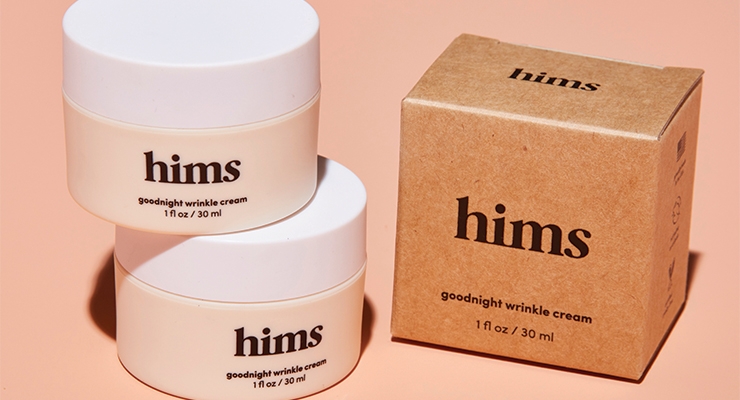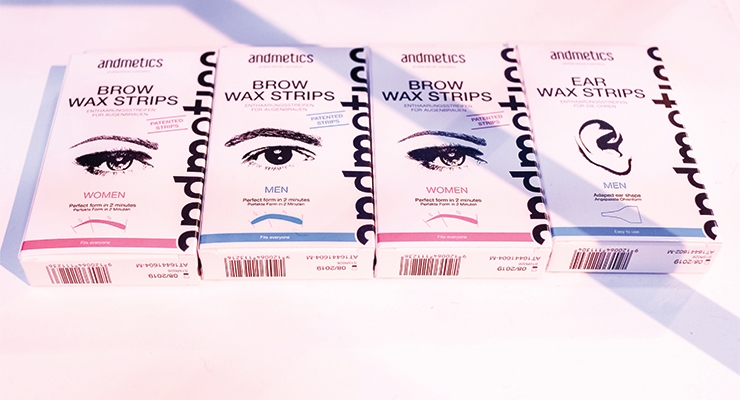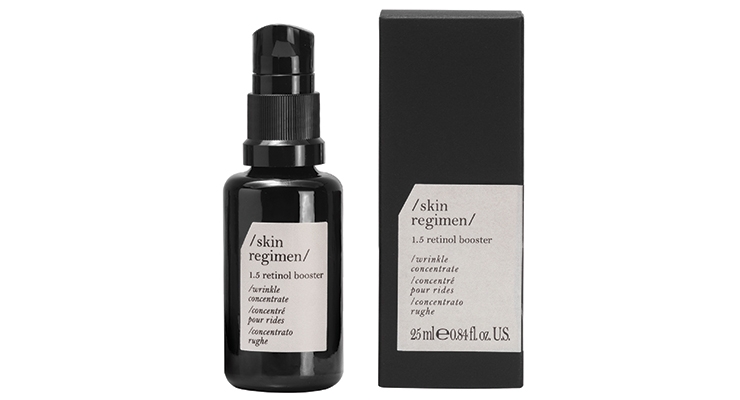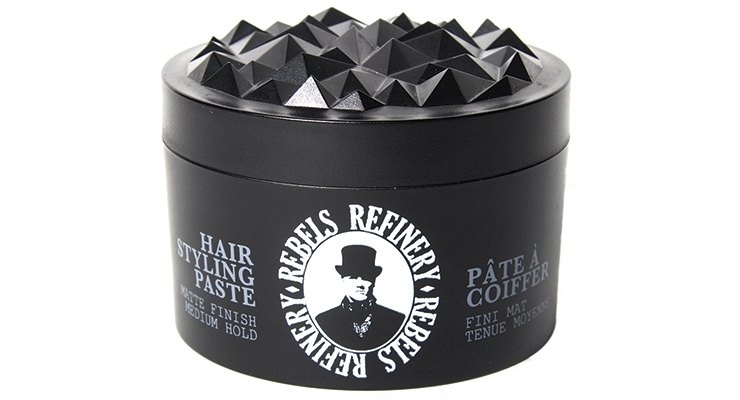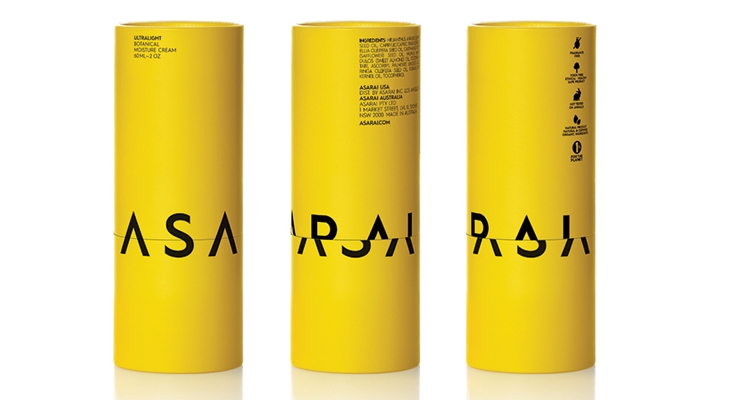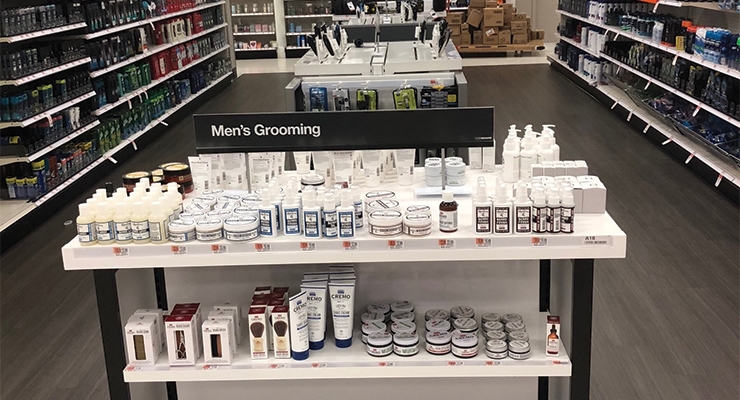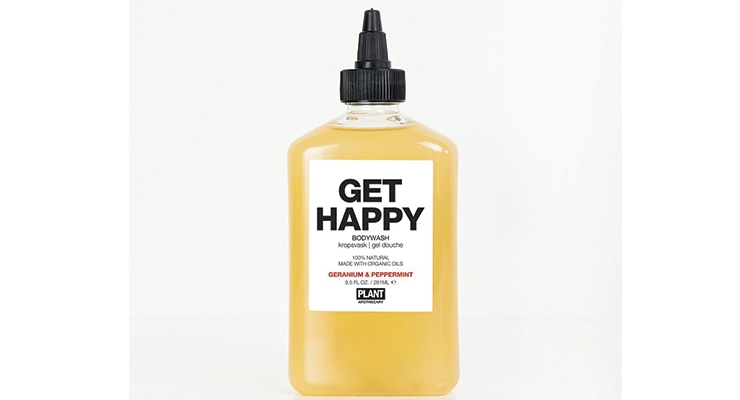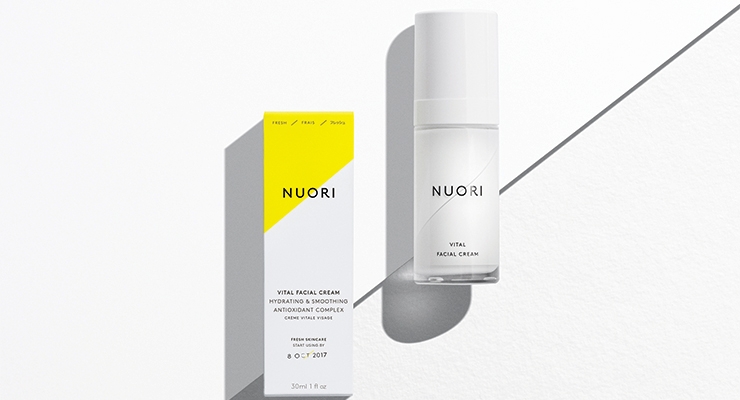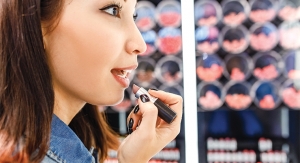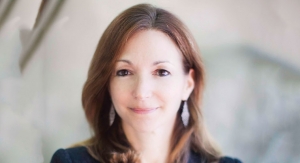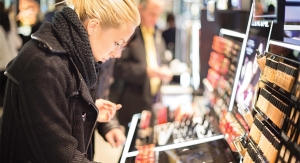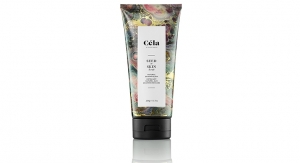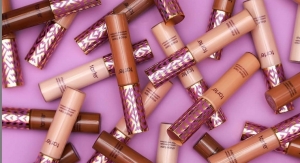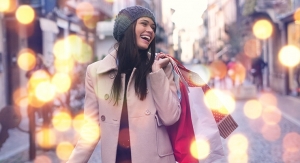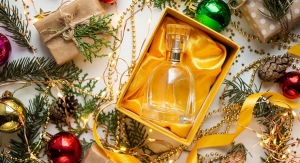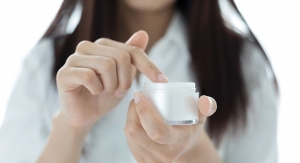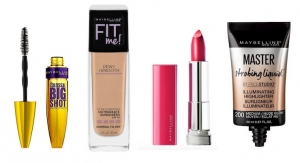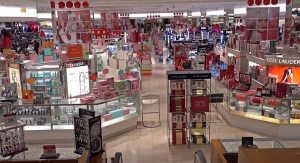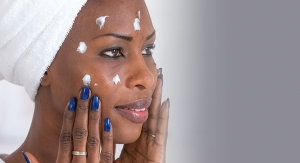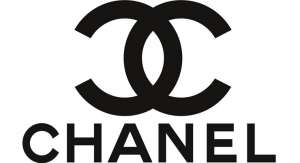Belisa Silva, Contributing Writer03.04.19
When it comes to the classically challenged male grooming market, brands are no longer pandering to “maleness” in the way they once did. Rather than implementing male-focused packaging (think: grenade-shaped flacons or whiskey-infused formulas) and marketing campaigns that follow suit, the new guard of male-facing products instead favors thoughtfulness, authenticity and an increasingly powerful paradigm of universality. Similarly, male influencers who don everything from perfectly coiffed pompadours to eyeshadow are becoming more visible, touted beauty lines that target all consumers—forever altering the industry’s historical gender divide.
“With the rise of generation selfie, men’s makeup and grooming are becoming increasingly accepted and commonplace,” says Conor Begley, co-founder and president, Tribe Dynamics. “We’re seeing that more traditional grooming brands are gaining traction with moisturizers and beard oils, while the “beauty boys” of Instagram and YouTube are subverting traditional gender norms in beauty marketing.”
Growing 8% year-to-date in July 2018, the men’s grooming market—which has remained 2% of the overall skincare category since 2015—shows the most promise. According to Larissa Jensen, NPD’s beauty industry analyst—and a member of Beauty Packaging’s Board of Advisors, “unisex” products taking a cue from non-gender-specific market trends are leading the way.
Following the Trends
“Since the trends in overall skincare are centering around safe synthetics, natural ingredients and fresher skincare, these interests are finding their way across the gender aisle,” says Jensen. “Startup brands like Oars + Alps—a clean men’s brand started by two women whose husbands were constantly stealing their skincare products—are becoming more frequent. Men’s decision-making process is far simpler than women’s. They are problem/solution-oriented; however, more and more, men are asking about ingredients.”
Additionally, given our socially-aware, political landscape, brands who want to win the modern consumer’s favor must be as transparent as possible, says beauty expert and brand chemist, David Pollack. “[Consumers today] read the label, they distrust ‘fake news,’ and they want to see a brand they can trust,” he says. “You see The Inkey, The Ordinary, Honest Beauty, No B.S., and others, all following this strategy—talking up ingredients and benefits, and being more transparent. I think that focus will drive the market.”
To be sure, the men’s beauty market of today goes far beyond those few categories that once defined it, and an inclusivity-celebrating social media movement is emerging. Now including sophisticated hair offerings, a bevy of targeted skincare formulas that plump wrinkles or brighten dark spots, as well as luxe color cosmetics that perfect and contour, a man’s “bar of soap” beauty regimen is moving into multi-step territory.
“In the past, there was stigma attached to men using anything beyond a bar of soap and generic shampoo,” says Indie Beauty Expo founder, Jillian Wright, who reports more unisex and male-oriented brands year-on-year at her expanding trade show.
“Luckily, there has been a real culture shift in the way people treat and accept men who openly express themselves and their needs, which has resulted in the uptick of men’s personal care becoming more mainstream. Brands like Ursa Major, Meant Simply, Herbal Dynamics Beauty, Evolve Organic Beauty and BASD bodycare are designed to appeal to everyone—all genders, ages and demographics. The blurring of gender, creating unisex products, is opening up an entirely new category for the beauty industry.”
Much like his female counterpart, the male beauty consumer of today is also an Indie beauty fan, seeking artfully packaged products that deliver visible results. Smart brands are realizing this ever-increasing expectation, introducing Indie-inspired offerings and revising their product lines to include more targeted benefits.
“Rough, dry, aged skin is not the badge of honor it once [in the 60s and 70s] was,” says Pollack. “Many men’s brands are introducing [new categories like] eye creams—which men do want, but never knew where to find. They are adding multifunctional products, making them fun and targeting men—listening to men.”
Packaging Looks Matter
And in terms of male-facing packaging, looks do matter. According to Wright, product vessels themselves are a big selling point for the male consumer. Today’s preferred components are uncomplicated, universal, and embrace an artisanal bent. “These brands are about design more than anything and their ethos includes better made beauty for all skin,” she says, naming IBE exhibitors like men’s makeup brand, ForMen; grooming lines, 18.21 Man Made and For Big Boys; sophisticated skincare ranges like Maapilim, Alder New York, Plant Apothecary, and Triumph & Disaster; and gender-bending brow line, Andmetics, as examples.
In terms of categories, experts reveal it is primarily Hair and Skin, especially multifunctional, straightforward SKUs, driving the men’s market. “Today’s male consumers have evolved beyond traditional grooming products with a particular focus on age-preventing, anti-fatigue products for the face and the eye area,” says Luisa Poisa, head of marketing at “genderless” city-inspired brand, /skin regimen/. “Result-driven benefits and stylish, minimalistic packaging is what wins their hearts.”
And speaking of urban dwellers, according to the founder of Brooklyn Grooming Co., McKenzie Santiago, by focusing on specific elements like locales (all scents in his Indie grooming line nod to different Brooklyn neighborhoods) and vintage components (the packaging is inspired by apothecary bottles from the 1900s), you can authentically engage the Indie-minded consumer, which—even for classic grooming brands—now includes more than just men. “Our approach is to make our brand for everyone,” he says.
“We honestly don’t seek out any one community.”
Inclusivity Counts
It’s clear the “think small” mantra is affecting the men’s market, as is a new, increasingly-important tenant: inclusivity. Take fledgling men’s beauty brand, Hims. Based on the idea of making beauty more of a conversation among men while rewriting the rules of gender segmentation, the line offers products for glowing skin, full hair, and even sexual wellness in packing that is a rosy, yet decidedly non-feminine shade of nude. There’s been similarly much chatter about Non Gender Specific, an inclusive collection of skincare products “with no gender boundaries” meant to appeal to a wide range of skin types, and consumers.
Rebel’s Refinery, another genderless beauty brand with the slogan “premium skincare for humans,” sells its cult-favorite skull lip balms and a collection of skin and hair beautifiers to men, women and “even alien” consumers at Target and Ulta. “Anyone can use our products if they feel like it,” says brand co-founder, Eric Fallon. “We try not to go after a certain gender or sexual orientation. We simply create products for ourselves with our friends in mind and hope that they resonate with others.”
To be sure, men’s brands in 2018 must take into account not just men, but also women, members of the LGBTQ community, as well as those consumers who may not assign themselves to any one identifier. In many ways, the nuances create a more challenging landscape, but according to beauty experts and analysts alike it’s primed for those who embrace a holistic approach to targeting—and respecting—all people.
“As Millennials ourselves, we have countless conversations with friends and family who are more interested in gender-neutral products and a lot of these conversations are actually with men,” says co-founder of marigold-hued unisex skincare brand, ASARAI, Jay Rynenberg. “For us, healthy skin is the backbone of our brand and everyone deserves to be healthy, which is why we are gender neutral. We try to avoid stereotypes, as women don’t always want to be defined by florals and men don’t always like navy and steel materials.”
For Rynenberg, whose co-founder is his wife, Patrice, steering his business into the future includes a continual conversation and collaboration between the two. “Our branding and imagery is very gender neutral and I feel that is really reflective of the push and pull balance between my wife, Patrice and I during the creative process,” he says. “We both bring our own interests and style and I think through this balance, we’re able to make ASARAI’s look and feel more inclusive across gender divides.”
Equally important to universality is keeping ingredient lists as natural as possible, adds Santiago, as all consumers are no longer willing to sacrifice safety for efficacy. “Men who want more modern varieties like natural deodorants and shampoos have options too,” says Santiago, whose brand’s formulas are all hand-made, organic and fair trade. “I think the pie is getting bigger and more diverse.”
The Market for Makeup
When it comes to male makeup, a notoriously tough category, brands like MAC were early to the gender-inclusive game, and MILK, a more recent success story, but countless others have struggled for lasting power. Today there are true iconoclasts playing in this space, and these aesthetics-first brands are all as playful as they are on serious missions centered on social awareness. Take Fluide, a line of “makeup for him, her, them, everyone” that promotes the belief that beauty is a “malleable, political powerful play, or Sugarpill, which embraces a drag queen esthetic and mold-breaking brand ambassadors. One brand on the radar of many beauty experts is Jecca, a philanthropy-powered cosmetics range, aiming to make a difference for the LGBT community.
“I started Jecca Makeup by offering makeup lessons to trans women who wanted to improve makeup skills and build confidence,” says Jecca founder, makeup artist, Jessica Blackler. “After serving hundreds of clients and working closely with several LGBT charities, I decided that there was a demand for makeup brands that concentrated on everyone, not just cis women and cis males. I believe Jecca Makeup is making a difference because we are accepting, honest and stand out from the crowd.”
Chanel has also gotten in on the men’s makeup game with the launch of Boy de Chanel, which rolled out to South Korea in September. According to Begley, the 3-piece collection, which blends the worlds of beauty boys and men’s grooming, echoes social media’s reign on inclusivity. “Chanel Beauty’s new Boy de Chanel represents a crossover of the male grooming category into the cosmetics world, which may have been enabled, in part, by the beauty boys of the influencer space,” says Begley, revealing that in August alone, Boy de Chanel collected $241.8K in earned media value thanks to South Korean influencers and social chatter.
Although the idea of men on this side of the pond adopting full-fledged makeup routines may not be imminent, according to Sarah Jindal, senior innovation and insights analyst, Beauty & Personal Care at Mintel, its increasing visibility is indicative of the shift towards expanding product arsenals among the industry’s historical outliers. The challenge for taking this hard-to-crack trend and making it appeal to the masses still remains elusive, as it has not yet found a large consumer base, she says.
“I have seen the Chanel men’s launch, it’s a small collection, very simple and streamlined, which makes sense since men in South Korea are already using simple makeup products like BB cream on a regular basis,” says Jindal. “I think the reach for Western markets will be limited. For [American] men, multi-functional products make the most sense, such as skincare and beard care combined. Men are interested in products that can serve double-duty to keep the routine as simple as possible.”
In terms of the male grooming market, it’s no surprise that South Korea is ahead of the U.S. in terms of adoption. According to Euromonitor, the size of the Korean men’s market in 2017 was $656M, while in the U.S. it was $345.3M. The tracking agency predicts that by 2022, South Korea’s growth in men’s beauty will stabilize and even potentially drop, landing near $643.4M.
For its part, the U.S. is expected to swell seismically, growing nearly 30% to $445.5M. The forecast for Europe is equally optimistic—from $833.1M in 2017 to over $980M in 2022. Clearly, there is much opportunity ahead, and much of it is right here in the U.S.
“In prestige, the dotcom channel is experiencing the most growth in the men’s market,” says Jensen. “Moisturizer is the number one subsegment overall and in brick and mortar, but Shave is number one in Dotcom. While [subscription-based razor replenshipment businesses] like Dollar Shave Club and Harry’s have opted to stay direct-to-consumer and sell through Target, their influence is far reaching. This demonstrates that the opportunity is of course there for the right products sold through the right channels.”
In short, regardless of whether men are reaching for cosmetics, beard oil, or simply a razor, the stigma of men loving beauty is waning if not becoming all but obliterated. According to Begley, men’s impact in the beauty social space is resonating by the creation of sub-communities full of vocal, influential male beauty fans, as well as inspired male brand creators.
“Male influencers have taken on roles at the forefront of the industry, collaborating directly with brands on product launches and even launching their own brands,” says Begley, naming Manny Gutierrez, James Charles, Patrick Simondac, Jeffree Star, and Gabriel Zamora as rising “beauty boys” with ballooning influence. “These influencers have no problem using products traditionally marketed at women, and thrive in the ‘beauty guru’ category by creating full-face makeup tutorials.”
Jensen adds: “We are observing an increasing number of brands [across prestige and beauty] using male ambassadors to promote makeup. Even brands that do not have official partnerships with male models take part in this gender-neutral movement by promoting male-created content on their social media channels. Male beauty influencers are among the most popular Youtube personalities.”
According to Wright, even television events like the much-anticipated Queer Eye For The Straight Guy reboot, are affecting the normalization of male beautification. “If Jonathan Van Ness (Queer Eyes’ grooming expert) posts or mentions any grooming products, people will seek them out, because they love and trust him,” says Wright. “Men may not click ‘follow’ as quickly or often as female-beauty lovers do, but they certainly keep up with influencers and check in on them.”
Grooming the Way for Sales at Retail
So, we know they’re being influenced on social, but, where exactly do men shop? According to Pollack, despite the focus on small-batch, locally sourced everything, mass retailers and direct-to-consumer channels still have a leg up, in terms of visibility.
“For men, the availability at mass retailers is really a determining factor since the majority shop at mass merchandisers” he says, adding that Amazon and subscription services show great promise for male beauty consumers of tomorrow. “Retailers like Target, were brilliant in bringing in lines like Rebels Refinery, Harry’s and others—capturing the male consumer at the brick-and-mortar level.”
Target, which is ramping up its men’s grooming offerings via clever in-store male-specific “grooming sections,” complete with beauty, accessories and fashion items, is looking to double its male business by 2020. “To keep up with demand, we’ve been focused on investing in new products, trends and services that elevate the department—which is why we’re in the process of introducing a new in-store experience to men’s grooming across 11 Target stores, with plans to update the department in 80 more
stores by the end of the year,” said Target’s executive vice president and chief merchandising officer, Mark Tritton, in a statement.
“More than 600 products will be featured in the new men’s selection, from popular brands like Harry’s, Beardbrand, BYRD, Cremo, Maestro’s Classic, Pacinos and more, bringing guests new brands to discover and new products to try.”
Target’s merchandising move echoes the modern man’s preferred shopping experience, says Jindal. “The idea of taking everything for guys and pushing it to one space fits with the way men shop,” she says. “Other smaller retailers have been doing this successfully as they realized their male shoppers take more of a grab-and-go approach and don’t want to roam the aisles looking for a product.”
At Indie-focused beauty retailer, Credo, getting the elusive male consumer’s consideration continues to be a slight paradox, as targeting will continue to mean targeting all consumers with products organized by benefit and skin safety, rather than gender delineations. “In the clean beauty space, it’s pretty common for brands to have a ‘lumberjack’ vibe; a lot of brands seem like they are trying too hard to be ‘manly,’” says Credo’s director of merchandise and planning, Michelle Connelly, naming Ursa Major, CV Skinlabs, Nuori and Non Gender Specific as recent customer favorites. “We have moved beyond the product defining the customer, and we find what really resonates is brands that don’t need to put their customer in a box.”

